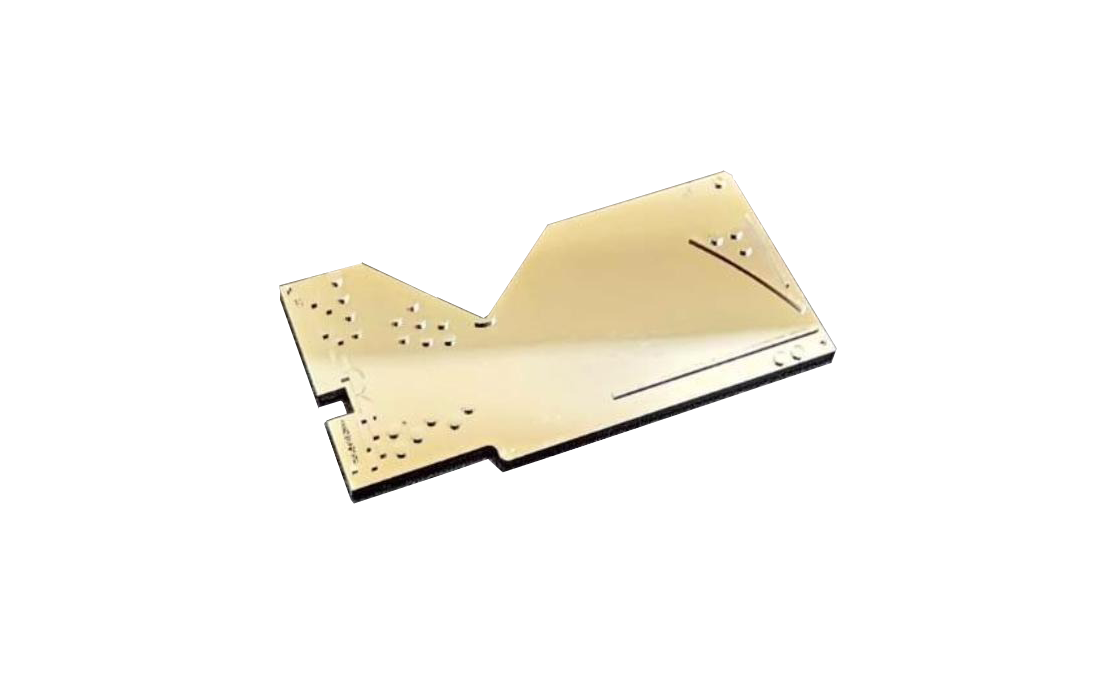SpectroChip’s main objective is to shrink a lunchbox-sized spectrometer down to the size of an SD card, creating the SpectroChip. This chip retains the same functionality as its larger counterpart, but with a much smaller footprint. This will provide a compact and portable alternative for spectrometry procedures.

This spectrometer-on-chip technology is the result of years of research and development led by Professor Ko. It has seen significant advancements in optical theory and manufacturing.
- Breakthrough technology: Established the full functions of a spectrometer in a fingernail-sized optical chip
- Over 16 years of R&D efforts: from the development of optical chip theory to the establishment of optical chip manufacturing process
- Significant contribution: a major advancement in experimental physics and optical chip engineering
Spectrometry is a versatile analytical tool used in various industries such as environmental, medical and life sciences, food and agriculture, safety and security, and semiconductors to mention a few. It is used for component analysis and quantification, monitoring of chemical reactions, and quality control in manufacturing processes.

SpectroChip can be used in virtually all fields and industries, just like traditional spectrometers. In fact, the data obtained from the SpectroChip device is equally (if not more) precise and accurate than that of conventional spectrometers.
SpectroChip technology is revolutionizing the spectrometer industry with its unique features.
Due to its high level of miniaturization and integration of optical components, SpectroChip technology has the advantage to be used in the development of more portable and/or embedded devices that provide real-time quantitative results with high sensitivity (ppm and ppb levels) and accuracy. For example, the One InstantCare device integrated with SpectroChip has been successfully used in the rapid test for Covid-19 antigen and antibody quantification.
In addition, the SpectroChip technology can integrate with AI and mobile applications that allow users to perform tests, record data, interpret results in real time, and upload information to the Cloud.
SpectroChip technology is backed by more than 40 patents registered in the United States, China and Taiwan.
Awards

- 2023 – Malaysia Technology Expo: Innovation / Special / Gold Awards
- 2022 – Taiwan Startup World Cup, Top 3
- 2021 – International Innovation Awards: Service & Solution category
- 2020 – Taiwan National Innovation Award: Best Startup Award
- 2018 & 2019 – Future Tech Award (Taiwan): Scientific Breakthrough Award / Most Popular Science Award
Collaboration with Kaohsiung Siaogang Hospital
- 2022 – Taiwan National Innovation Award: Best Medical Application Award
- 2020 – Taiwan National Innovation Award: Best Research Award/Best Medical Application Award
Recent Publications
- Chiu WH, Kong WY, Chueh YH, et al. Using an ultra-compact optical system to improve lateral flow immunoassay results quantitatively. Heliyon. 2022;8(12):e12116. Published 2022 Dec 7. doi:10.1016/j.heliyon.2022.e12116
- Chen PY, Ko CH, Wang CJ, et al. The early detection of immunoglobulins via optical-based lateral flow immunoassay platform in COVID-19 pandemic. PLoS One. 2021;16(7):e0254486. Published 2021 Jul 20. doi:10.1371/journal.pone.0254486
- Hung KF, Hung CH, Hong C, et al. Quantitative Spectrochip-Coupled Lateral Flow Immunoassay Demonstrates Clinical Potential for Overcoming Coronavirus Disease 2019 Pandemic Screening Challenges. Micromachines (Basel). 2021;12(3):321. Published 2021 Mar 18. doi:10.3390/mi12030321
- Wang TY, Lee YT, Chen HY, et al. A Paper-Based Analytical Device for Analysis of Paraquat in Urine and Its Validation with Optical-Based Approaches. Diagnostics (Basel). 2020;11(1):6. Published 2020 Dec 22. doi:10.3390/diagnostics11010006


